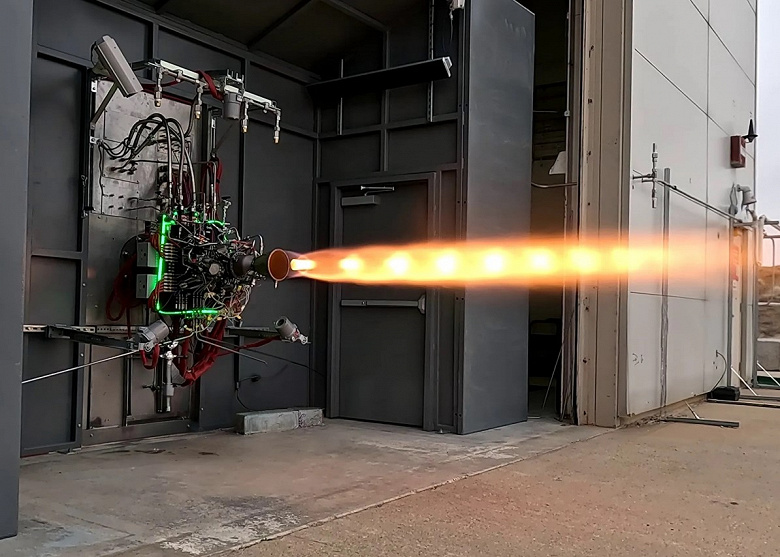Non-cryogenic fuel simplifies storage and improves engine performance
Startup Ursa Major has made significant progress in the development of rocket engines, successfully completing ground tests of its new liquid engine called Draper.
The engine, supported by the US Air Force, underwent a series of tests at the company's facilities in Berthoud. These tests confirmed the basic design of a closed catalytic cycle engine that generates 4,000 lbs of thrust.
«Draper was launched more than 50 times in March, and each launch lasted a few seconds»,— Ursa Major founder and CEO Joe Laurienti said.
Fire testing is an important step in engine development, which will be followed by additional testing of several engines before the Draper is ready for launch.
The company created a test bed with support from the Air Force Research Laboratory. The engine uses a non-cryogenic combination of kerosene peroxide fuel, making storage easier than engines using liquid oxygen.
«Draper combines the performance of a solid rocket motor with the throttle control and throttle range capabilities of a liquid engine, providing the agility and flexibility needed for hypersonic defense», — explained Laurienti.
«For applications such as fast-response hypersonic interceptors, immediate launch capability is required. Therefore, the choice of fuel was aimed at achieving this goal while maintaining performance», — he said.
The closed circulation architecture means that the kerosene supply can be turned off completely and the engine can run on either decomposed hydrogen peroxide alone or a combination of peroxide and kerosene. «Draper can reduce maximum power below 10%, making it suitable for applications such as terminal hypersonics or non-terrestrial landing», — he added.
Another Ursa Major product, a 5,000 lb thrust Hadley engine using liquid oxygen and kerosene, recently made its first flight on the Stratolaunch hypersonic test aircraft.
Laurienti said Draper is targeting customers developing test targets to simulate hypersonic threats. It will also be offered for space applications such as orbital vehicles requiring high-momentum maneuvers or cislunar orbit insertions.
Ursa Major is currently negotiating with potential partners to conduct flight tests of the Draper engine in 2026.

